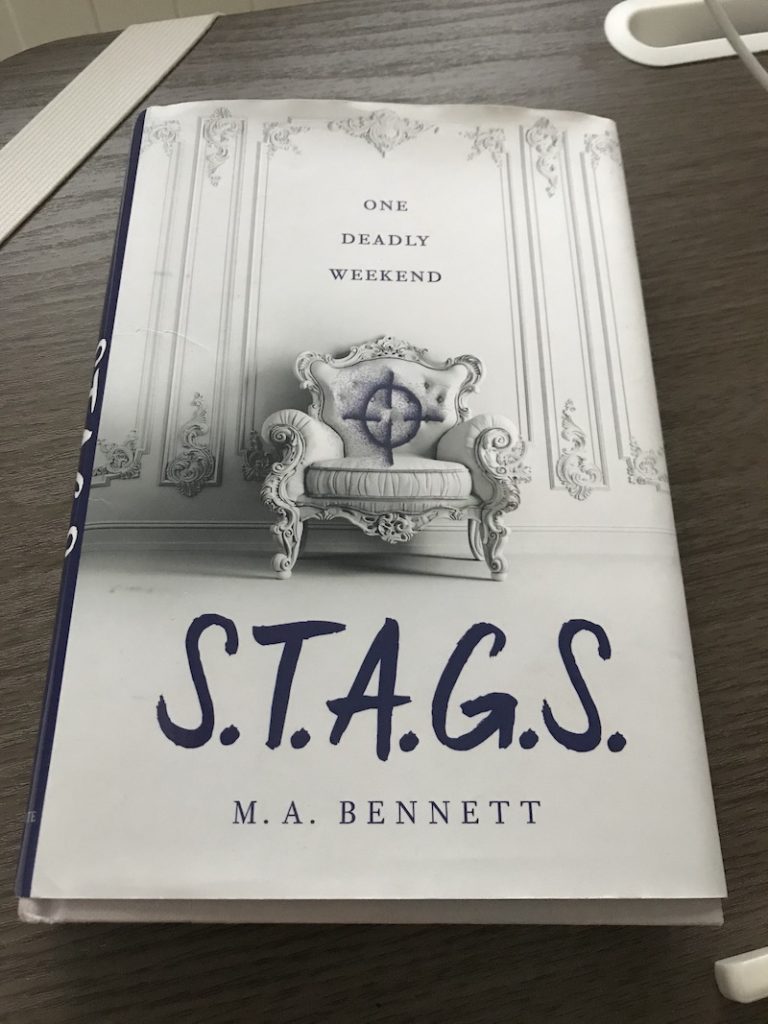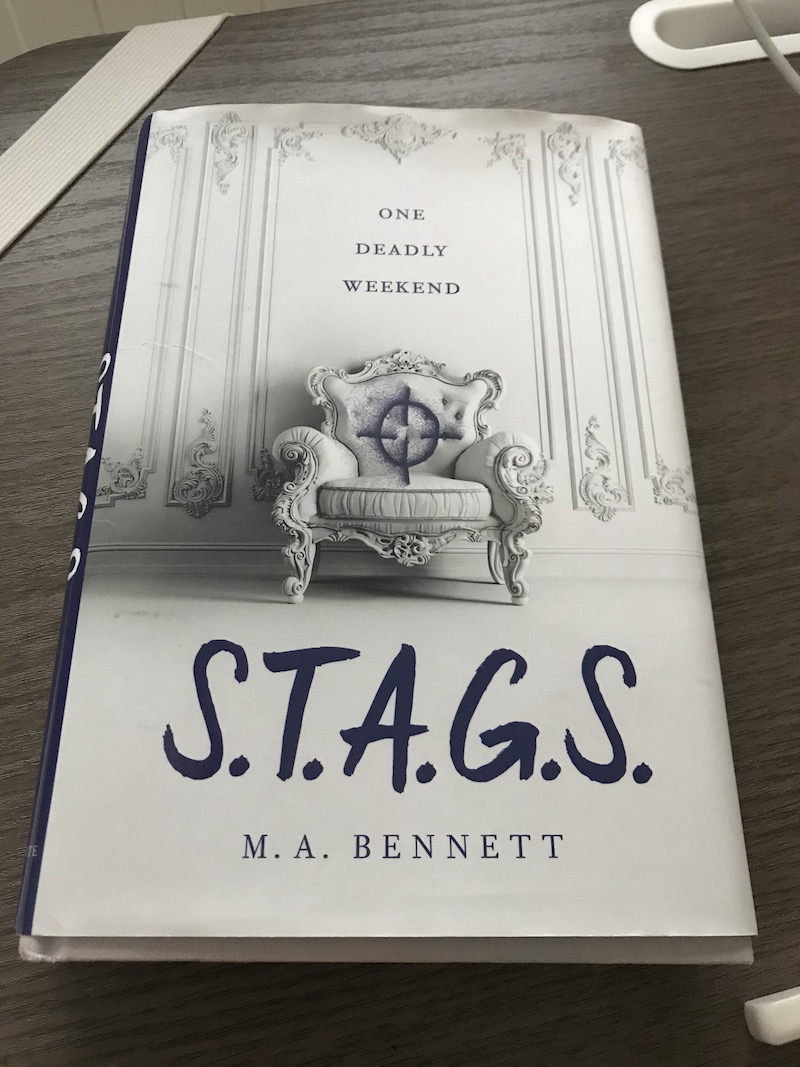One of my favorite things to do with my niece is shop for books. She picks out a great big stack each time she visits, then we divide them in half. She takes one stack home, I keep the other.
We read our stacks and then swap so that we’ve each read the same books and we can discuss them together.
Due to the writing I’ve been doing, I’ve been on a general reading moratorium. The goal was to force myself to be completely immersed in nothing but Douglas Adams until I finish my book–an incentive of sorts–but it’s gone on too long. I found myself unable to cope with COVID-19 quarantine without new fiction to escape into.
Three weeks ago, I gave myself a long weekend “off” to read a few YA books. They had been sitting on my shelves and my niece had asked in February, “Did you read that book yet?”
It was time.
I had SUCH a good weekend.
This weekend may be a repeat.
Today, with all the interruptions and unexpected tasks I needed to complete, I decided to give up on writing my book and write book reviews instead.

S.T.A.G.S by M.A. Bennett
My rating: 4 of 5 stars
My niece told me she “could not stop thinking about” this book, and I can understand why.
Though set in an exclusive British boarding school, as Harry Potter has taught us to expect, S.T.A.G.S is not a normal coming of age story. The main character, Greer, is a brilliant young woman, determined to excel academically and overcome her outsider status as a lower-middle-class scholarship student.
Greer quickly gives up trying to fit in among her pedigreed classmates. The rich young heirs to the old families of Great Britain rule the school and enforce odd codes—like no cell phones—via rampant bullying. Greer tries to keep her head down and go unnoticed, until she’s issued an invitation to join the most “in” of in groups for a holiday weekend away, during the school break.
Three culturally unprepared outsiders, including Greer, find themselves on a remote estate, with no adult supervision. They team up to evade more and more threatening situations in a fantastical twisting plot.
While they attend disastrous events and formal meals on the grounds of an atmospheric ancient estate, the resourceful young people solve the mystery of “The Medievals.”
The book explores themes of class mobility—or rather, immobility––and keeps the reader guessing who is a “good” and who is a “bad” guy, right up to the very last suspenseful twist. It’s this final twist that I think makes the book something extra-special. Instead of ending with a “solved” mystery and a (somewhat) happy ending, the book reveals itself as a much more contemporary YA novel. It ends instead with the potential for a deeper, more existential threat that must be overcome once the back cover is shut.
To enjoy this book, readers will need to be able to stomach fairly brutal bullying and a little bit of graphic bloodshed. The book’s true strength is in the strong characters, exquisite settings, and terrifying possibility of what a “ruling” class might do to its own children to retain control.
The book is a call-to-action for modern young readers. It encourages them to look beyond trusted governments, schools, and organizations to the fallible people in power who control them.
I gave the book only 4 stars instead of 5 due to heavy-handed foreshadowing and sub-plots that remained incomplete at the close of the novel. It could be that the plots will be explored in a later book, but for me, the book felt incomplete without addressing them.

What do you think?